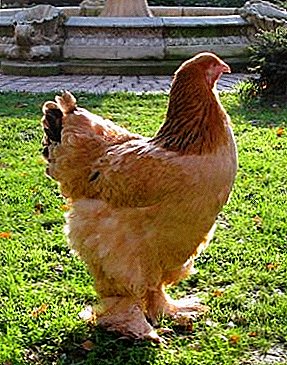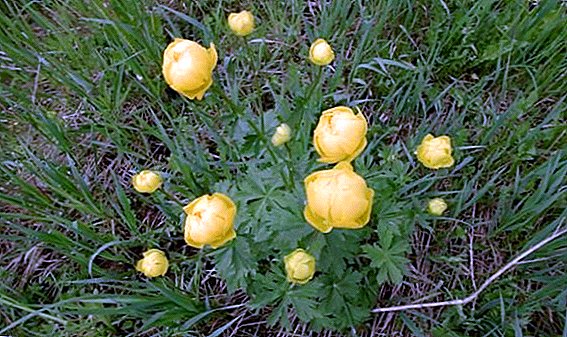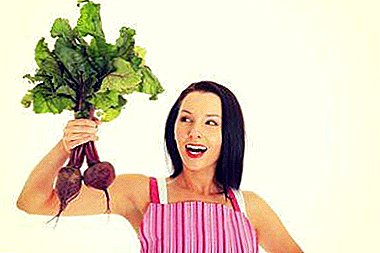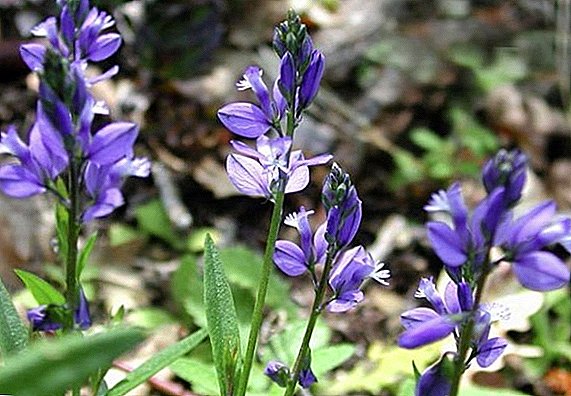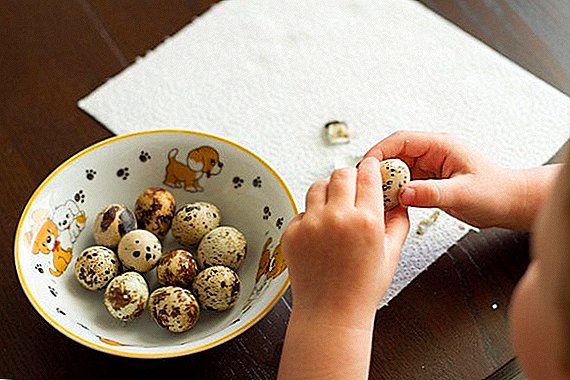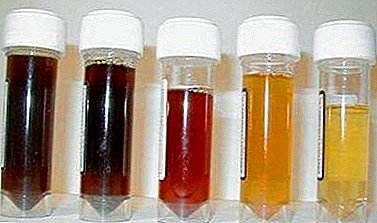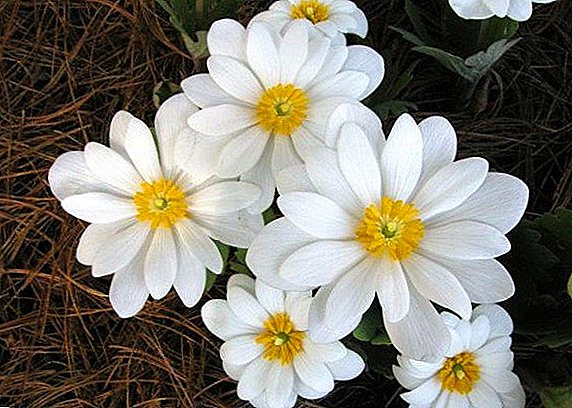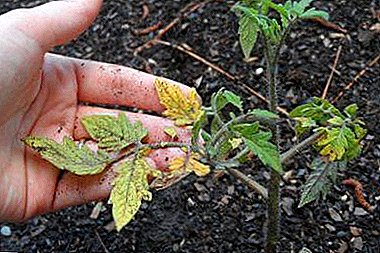
Tomato seedlings die if growing conditions are violated - weakened plants become infected with infectious diseases faster.
If you find out in time that the seedlings are sick and quickly take action, the seedlings can be saved. What to do to the gardener's work on growing seedlings are not in vain?
In the proposed article we will talk about the causes of the diseases of young plants, as well as how to protect seedlings from diseases and properly organize care for them.
Why do tomatoes get sick?
Diseases of seedlings spread with tomato seeds, through the soil and transplant boxes. Thickened planting with an excess of nitrogen in the soil is particularly susceptible to disease. Poor ventilation, sudden changes in temperature, excessive humidity favor the spread of diseases.
Appearance of rot at the root
The fungal disease Fusarium root rot and root collar rot leads to a massive shedding of seedlings. In the area of the central root, root collar and the lower part of the stem, brown ulcers are formed with a pink bloom.
Pytioz and rizoktonioz - root and root rot of tomatoes, which affects the seedlings on the wet substrate. When pytiose on the stem, you will first notice a gray mycelium patina, then root tissue and basal neck darken. With rhizoctonia, hollow brown spots appear at the bottom of the stem.. The source of infection is peat in the seedling substrate.
Phytophthora rot of tomato roots causes seedlings to decay - the pathogen infects the root neck, the tissues rot, the plant fades and dies.
Fungi-infected seeds and sprouts may die in the soil. - as a result, the impression is the absence of amicable shoots.
Note. To prevent the spread of disease, before planting the seeds for a day soaked in the drug Psevdobakterin-2. The substrate for seedlings is disinfected with steam in a water bath.
Solving the problem: at the first signs of the disease, fungicides dissolved in water are used to spray the seedlings and water the soil, and seedlings provide fresh air. In severe cases, the soil is washed with clean water or changed to a new one.
After picking
For picking choose strong, evenly developed plants with no signs of disease.
A seedling that is stressed after a picking may die for the following reasons:
 seedlings were not fed for 1-2 days before the picks and did not water the day before;
seedlings were not fed for 1-2 days before the picks and did not water the day before;- when transplanting the roots wrung up.
When picking, the plant is buried in the ground so that the cotyledons touch the soil - thus creating favorable conditions for the formation of adventitious roots, and the stem will not be affected by putrid diseases.
Decision: if the seedlings wither after picking, it is fed with complex fertilizers at the rate of 2 teaspoons per bucket of water, or growth stimulants. If after transplanting the roots are wrung up, the plant is transplanted - keep on weight for the stem and sprinkle with soil.
From the black leg
The causative agent of black stalk seedlings can develop at temperatures below 18 ºC. Bacterial infection occurs when the integrity of the tissue. Seedlings can die in a short time.
On seedlings and young plants in the lower part of the stem necrosis is localized. Infected area becomes brown, then wet rot develops..
The causative agent overwinters plant residues and is spread by insects.
Protection Measures:
- high-grade seeds are planted, pre-treated in a weak solution of potassium permanganate;
- seedlings are grown in steamed soil;
- the surface of the soil after sowing the seeds sprinkled with a layer of sand 0.5-1 cm
It is impossible to thicken the planting - it is necessary that the soil and the plants are constantly aired.
How to solve a problem:
- If the first signs of the disease are detected, it is necessary to reduce the humidity of the air and ensure the ventilation of crops, reduce irrigation.
- To dry the soil, pour 2 cm of ash-sand mixture on top. In this case, additional roots may form above the affected part of the stem.
Note. Seedlings in the phase of the 5th leaf are not infected with the bacterium of the black leg.
Other reasons
When growing seedlings constantly monitor the temperature in the room and the relative humidity of the air.
Lighting and heat
Rapid jumps in day and night temperatures contribute to the development of infection. In low-light conditions, seedlings are more susceptible to disease, as they stop absorbing nutrients.
The black leg develops at a temperature of 18 ºC and overmoistening of the soil.
Humidity
 Seedlings are sick if the relative humidity of the air in the seedling room is below 60 and above 70%. Thickened planting and insufficient ventilation also contributes to the development of diseases. Re-moistening of stalks and leaves should not be allowed..
Seedlings are sick if the relative humidity of the air in the seedling room is below 60 and above 70%. Thickened planting and insufficient ventilation also contributes to the development of diseases. Re-moistening of stalks and leaves should not be allowed..
Seedlings are watered no more than 2 times a week, as the soil dries - frequent and abundant watering leads to putrid diseases.
Grown up seedlings are not recommended to spray from the spray - at the same time, the soil layer with roots remains dry, and in the wet top layer conditions for the development of rot are created. Waterlogging in combination with low temperature leads to the development of diseases.
Soil problems
If the soil mixture for seedlings is prepared incorrectly - too dense, water and airtight, with high acidity, favorable conditions are created for the development of pathogens.
Pathogens are stored in peat and plant residues. Before planting, the soil prepared by yourself or purchased in the store must be disinfected with steam.
In which substrate can not be planted tomato seeds:
- with an unpleasant musty odor;
- in sticky or very tight;
- with a large number of residues of undecomposed plants;
- with exceeded sand content;
- with traces of mold on the packaging.
Important. Tomatoes cannot be sown in peaty soil that has expired - it can spontaneously warm up, which is dangerous for young roots.
Errors in the manufacture of soil mixtures that lead to diseases of seedlings:
- You can not add fresh manure, unburned leaves and tea brewing - organic matter begins to decompose, the temperature of the soil rises.
- If the clay got into the mixture, the sealing substrate - the access of oxygen to the roots is limited.
A high concentration of nutrients in the seedlings can trigger seedlings. A moderately fertile soil is prepared for seedlings, and food is evenly provided during irrigation.
Seedlings are dying from a surplus of fertilizers. In this case, the substrate with seedlings is washed with a large amount of clean water, which should flow freely through the drainage holes.
What to do to save the seedlings?
 If the infection cases are rare, the diseased seedling is removed along with a clod of earth, and Fitosporin or a solution of potassium permanganate is injected into the ground with a syringe without a needle.
If the infection cases are rare, the diseased seedling is removed along with a clod of earth, and Fitosporin or a solution of potassium permanganate is injected into the ground with a syringe without a needle.
Seedlings are watered with Bordeaux liquid (1%) or warm water with one of the preparations dissolved in it:
- 1.5-2 g of potassium permanganate per 10 liters of water;
- 5 g of copper sulphate per 10 liters of water.
At the very beginning of the development of black legs seedlings can be saved - seedlings carefully dug, washed the roots in a solution of potassium permanganate or Fitosporin and transplanted into a new soil. Air temperature should be brought to normal - not higher than 25 ºC, watering should be reduced, and seedlings should be aired regularly.
Radical problem solving
Plants heavily affected by root rot, destroy, and the rest of the seedlings watered with a solution of foundationol.
Important. If the seedlings are massively ill, the best way is to destroy all diseased plants, sanitize the crate, fill it with decontaminated soil and sow new seeds.
Measures to protect seedlings are aimed at avoiding the defeat of diseases and preventing the mass death of seedlings. Optimum conditions of temperature, soil and air humidity, substrate disinfection, and mineral nutrition create favorable conditions for increasing the resistance of seedlings to diseases.


 seedlings were not fed for 1-2 days before the picks and did not water the day before;
seedlings were not fed for 1-2 days before the picks and did not water the day before;